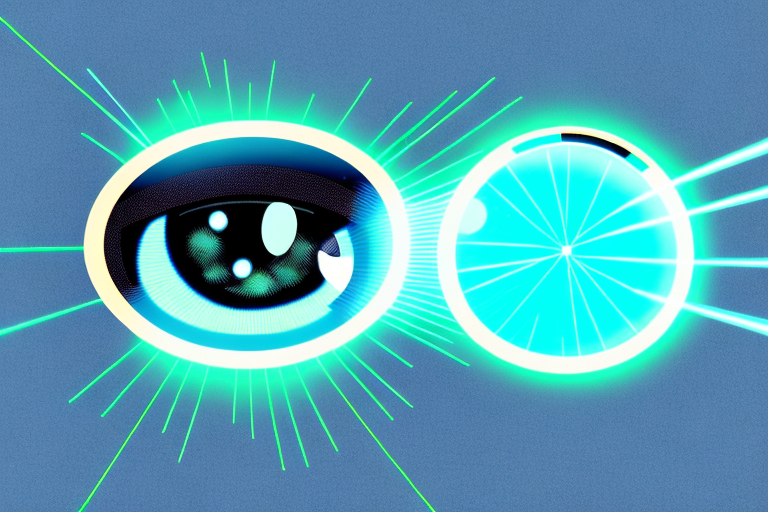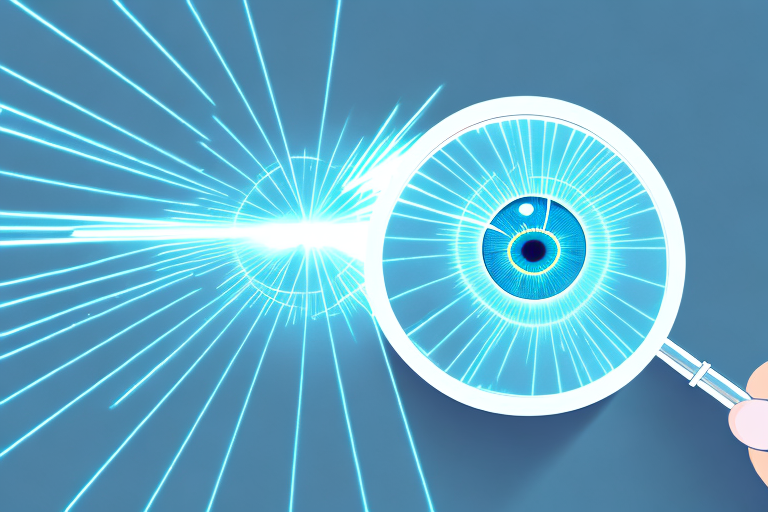Laser eye surgery has become an increasingly popular option for people who are looking for a way to correct their vision without relying on glasses or contact lenses. There are several different types of laser eye surgery available, each with its own unique benefits and drawbacks. In this article, we will take a closer look at three of the most commonly performed laser eye surgery techniques: PRK, LASIK, and SMILE. By the end of this article, you will have a better understanding of the differences between these procedures so that you can decide which one is best for you.
Understanding Laser Eye Surgery Techniques
Before we dive into the specifics of the three techniques, let’s start with a brief overview of what laser eye surgery is and how it works.
Laser eye surgery is a type of refractive surgery that is designed to correct common vision problems such as myopia (nearsightedness), hyperopia (farsightedness), and astigmatism. During the procedure, the surgeon uses a highly specialized laser to reshape the cornea – the clear, front surface of the eye – in order to improve the way light enters the eye and is focused onto the retina.
The laser used for laser eye surgery is called an excimer laser. It produces a cool beam of ultraviolet light that is able to precisely remove microscopic amounts of corneal tissue without damaging surrounding tissues. By reshaping the cornea in specific ways, the laser can correct the refractive errors that cause vision problems.
The Basics of Laser Eye Surgery
Lasik, PRK, and SMILE are the three most common types of laser eye surgery Sydney. Each technique has its own unique advantages and disadvantages, and the best option for you will depend on your individual needs and preferences.
Lasik is the most popular type of laser eye surgery and is known for its quick recovery time. During Lasik, the surgeon creates a thin flap in the cornea using a microkeratome or femtosecond laser. The flap is then lifted, and the excimer laser is used to reshape the underlying cornea. The flap is then replaced, and the eye is left to heal.

PRK, or photorefractive keratectomy, is another type of laser eye surgery that is often used for patients with thin corneas or other corneal irregularities. During PRK, the surgeon removes the outer layer of the cornea – the epithelium – before using the excimer laser to reshape the cornea. The epithelium then grows back over the next few days, and the eye is left to heal.
SMILE, or small incision lenticule extraction, is a newer type of laser eye surgery that is gaining popularity. During SMILE, the surgeon uses a femtosecond laser to create a small, precise incision in the cornea. They then use the same laser to create a small disc-shaped piece of tissue – called a lenticule – within the cornea. The surgeon removes the lenticule through the incision, which changes the shape of the cornea and corrects the refractive error.
While all three techniques are effective at correcting vision problems, it’s important to discuss your options with your eye surgeon to determine which technique is right for you.
Photorefractive Keratectomy (PRK)
PRK was one of the earliest forms of laser eye surgery. It is still used today, although it has been largely replaced by newer techniques such as LASIK and SMILE. PRK works by removing the outer layer of the cornea (called the epithelium) before reshaping the underlying tissue with the excimer laser.
What is PRK?
PRK is a type of laser eye surgery that can correct myopia, hyperopia, and astigmatism. It is a surface ablation procedure, which means that it does not involve creating a flap in the cornea like LASIK does. Instead, the surgeon removes the outer layer of the cornea (called the epithelium) before reshaping the underlying tissue with the excimer laser.
The PRK Procedure
The PRK procedure begins with the surgeon using a special solution to soften and loosen the epithelium. Once it has been removed, the surgeon uses the excimer laser to reshape the underlying corneal tissue. The entire procedure takes about 15 minutes per eye and is typically performed under topical anesthesia to minimize discomfort.
Recovery and Results
Because PRK involves removing the entire epithelium, it can take several days to a week for the cornea to fully heal. During this time, patients may experience discomfort, blurry vision, and sensitivity to light. However, once the eye has healed, patients typically experience excellent visual acuity without the need for glasses or contact lenses.
Pros and Cons of PRK
- Pros:
- No flap is created in the cornea, reducing the risk of complications
- Can be performed on patients with thin corneas or irregular corneal shapes
- No risk of flap-related complications such as displacement or detachment
- Cons:
- Longer recovery time compared to LASIK and SMILE
- Higher risk of post-operative discomfort and vision haze
- May not be suitable for patients with high degrees of myopia or hyperopia

Laser-Assisted In Situ Keratomileusis (LASIK)
LASIK is currently one of the most popular forms of laser eye surgery. It works by creating a thin flap in the cornea before reshaping the underlying tissue with the excimer laser.
What is LASIK?
LASIK is a type of laser eye surgery that can correct myopia, hyperopia, and astigmatism. During the procedure, the surgeon creates a thin flap in the cornea using a special microkeratome or femtosecond laser. The flap is then lifted, allowing the excimer laser to reshape the underlying corneal tissue.
The LASIK Procedure
The LASIK procedure begins with the surgeon creating a thin flap in the cornea using a special microkeratome or femtosecond laser. The flap is then lifted, allowing the surgeon to use the excimer laser to reshape the corneal tissue. Once the tissue has been reshaped, the flap is carefully repositioned and allowed to heal naturally.
Recovery and Results
Because the corneal flap created during the procedure protects the eye’s natural healing processes, most patients experience relatively fast visual recovery – typically within 24 to 48 hours. While some discomfort is normal, most patients experience minimal post-operative pain, and visual acuity may continue to improve over several weeks or months.
Pros and Cons of LASIK
- Pros:
- Rapid visual recovery compared to PRK and SMILE
- Minimal post-operative discomfort
- Proven safety and efficacy
- Cons:
- Flap-related complications such as displacement or detachment can occur
- May not be suitable for patients with thin corneas or irregular corneal shapes

Small Incision Lenticule Extraction (SMILE)
SMILE is a relatively new form of laser eye surgery that was first approved by the FDA in 2016. It works by using the excimer laser to create a thin lenticule – a small, disk-shaped piece of corneal tissue – which is then removed through a small incision in the cornea.
What is SMILE?
SMILE is a type of laser eye surgery that can correct myopia and astigmatism. It is a flapless procedure, which means that it does not require the creation of a corneal flap like LASIK does. Instead, the surgeon creates a small incision in the cornea and uses the excimer laser to create a thin lenticule, which is then removed through the incision.
The SMILE Procedure
The SMILE procedure begins with the surgeon using the excimer laser to create a thin lenticule within the cornea. Once the lenticule has been created, the surgeon uses a small instrument to create a small incision in the cornea. The lenticule is then removed through the incision, leaving the cornea reshaped and allowing light to focus properly on the retina.
Recovery and Results
Because SMILE is a minimally invasive procedure that does not involve the creation of a corneal flap, most patients experience fast visual recovery. While some discomfort is normal, most patients experience minimal post-operative pain, and visual acuity may continue to improve over several weeks or months.
Pros and Cons of SMILE
- Pros:
- Flapless procedure, reducing the risk of complications
- Minimal post-operative discomfort
- May be suitable for patients with thin corneas or irregular corneal shapes
- Cons:
- Not currently approved for correction of hyperopia
- More technically demanding procedure compared to PRK and LASIK
- Relatively new procedure with less long-term clinical data
Which One is Best for You?
Choosing the right laser eye surgery technique depends on a variety of factors, including your individual needs and preferences, the nature and severity of your vision problems, and the recommendations of your eye doctor. Before making a decision, it’s important to schedule a comprehensive eye exam and talk with your eye doctor about which options may be best for you. With the right information and guidance, you can make an informed decision about which laser eye surgery technique will help you achieve clear, crisp vision without the hassle of glasses or contact lenses.

Be First to Comment